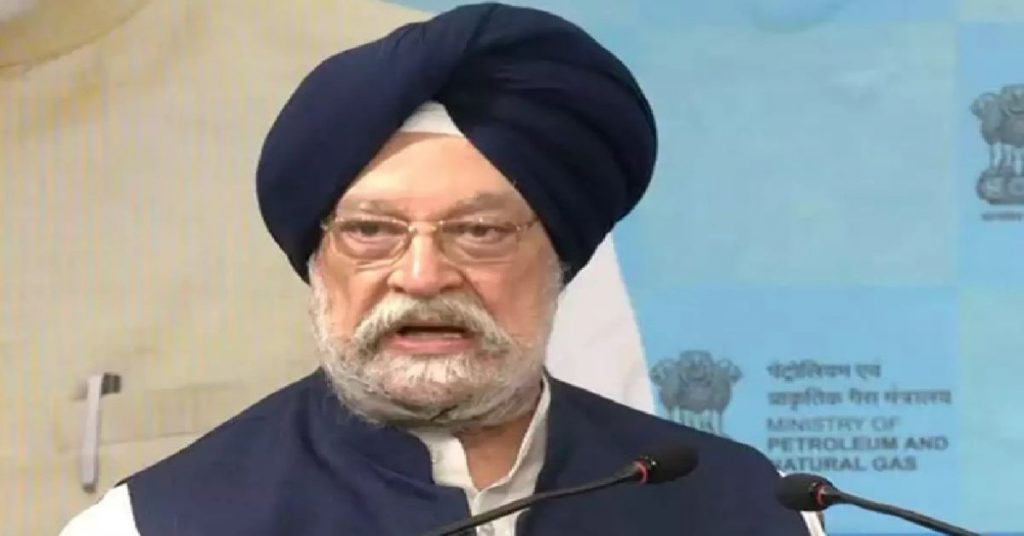India is set to increase its ethanol blending target beyond 20% in a move that could significantly cut carbon emissions and reduce dependence on fossil fuel imports, Petroleum Minister Hardeep S Puri has said. Puri highlighted that the country has already achieved 19.6% ethanol blending and is on track to surpass its initial goal ahead of schedule.
Ethanol blending with petrol is a key component of India’s energy transition strategy, offering multiple benefits. It reduces carbon monoxide emissions, lowers dependency on crude oil imports, and provides farmers with an additional revenue stream by utilising surplus sugarcane and food grains.
The initiative is in sync with India’s broader commitment to reducing its carbon footprint and achieving net-zero emissions. With India’s annual fuel import bill touching $150 billion, the push for ethanol and other biofuels is expected to curb foreign exchange outflows while fostering a cleaner domestic energy mix. Puri noted that India’s ethanol production capacity has surged to 1,700 crore litres, with 1,500 crore litres already being utilised for blending.
Given the rapid progress, the country is poised to achieve its 20% blending target as early as next month—well ahead of the original 2026 deadline. Apart from ethanol, India is also eyeing a shift towards green hydrogen, another critical component of the clean energy transition.
The current price of green hydrogen is $4.5 per kg. If we can bring it closer to $2.5, there will be a revolution. We will see a massive shift from traditional fuels, Puri told industry leaders. Despite the focus on clean energy, Puri emphasised the need to balance environmental goals with economic growth. “For an economy like India growing at 6-7%, it needs fuel. We need to survive the present for a cleaner future,” he said.
India’s fossil fuel producers have committed to achieving net-zero emissions by 2045. However, energy demand continues to rise, with crude oil consumption increasing to 5.5 million barrels per day, up from 5 million barrels. Puri projected that demand could further rise to 6.5-7 million barrels in the near future.
On hydrocarbon exploration, India aims to open up 1 million sq km under the Open Acreage Licensing Programme (OALP), expanding opportunities for investors. While India is making strides in oil and gas production—expected to reach 5 million tonnes by 2030—the transition to ethanol, green hydrogen, and other clean fuels will be crucial in shaping a sustainable energy future.
Tags: Ethanol, Hardeep Singh Puri, India



Recent Posts
Scandlines Nears Delivery of Zero Emissions Ferry Following Successful Sea Trials
India faces emission roadblocks with rising net-zero demands
Green Energy Resources invests in two electric Liebherr LHM 550
NYK Launches Continuous Use of Bio LNG Fuel on Car Carriers to Advance Decarbonization Goals
Yang Ming Expands Fleet with Methanol and LNG Dual-Fuel Vessels Under Fleet Optimization Plan
ClassNK Advocates Speed Gap Monitoring to Optimize Fuel Efficiency in Heavy Weather
Wärtsilä’s retrofit package for the Corsica Linea ferry Pascal Paoli has resulted in fuel savings of up to 22 percent Corsica Linea
COSCO Shipping Names Second Methanol Dual-Fuel Containership in Yangzhou